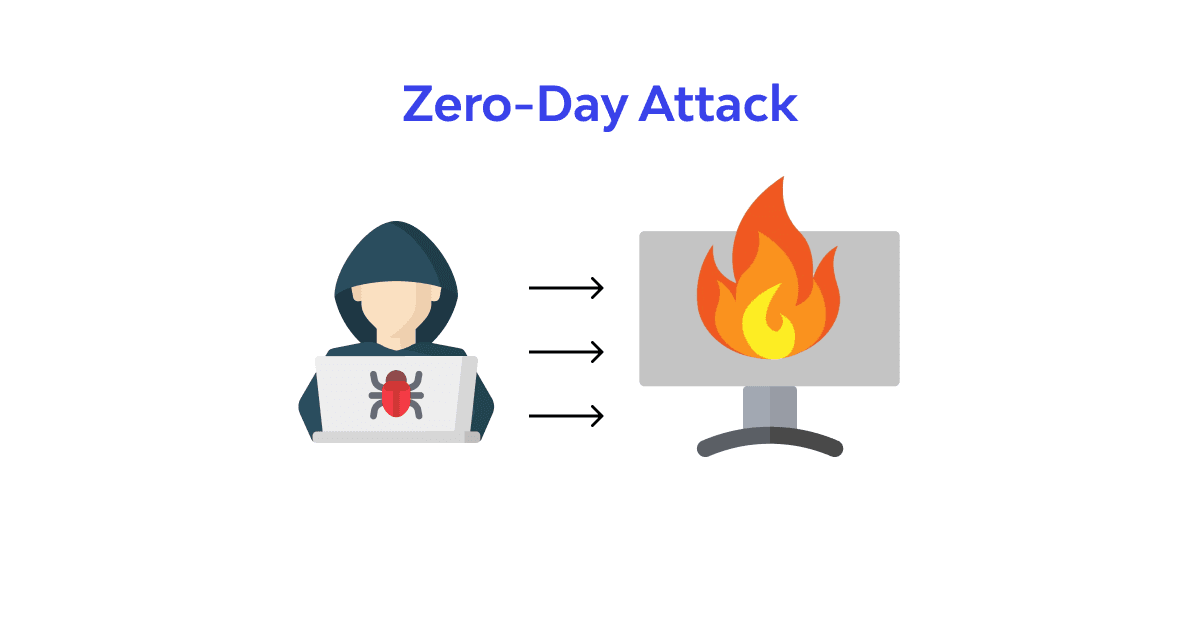Understanding Zero-Day Vulnerabilities
WRANCORP Research Team

A "zero-day" vulnerability is a software security flaw unknown to the vendor or the public. When exploited by attackers before a patch is available, it's called a zero-day attack, posing a significant risk.
The Zero-Day Lifecycle
- Discovery: A vulnerability is found by researchers, attackers, or the vendor.
- Exploit Development: Attackers create code (an exploit) to take advantage of the flaw.
- Attack Launch: The exploit is used in attacks before the vendor is aware or has a fix.
- Disclosure & Patching: The vendor becomes aware, develops a patch, and releases it.
- Patch Deployment: Organizations apply the patch to protect their systems.
Mitigating Zero-Day Risks
Since patches aren't immediately available, defense relies on proactive measures:
- Vulnerability Scanning & Patch Management: While not preventing zero-days, quickly patching known flaws reduces the overall attack surface.
- Intrusion Detection/Prevention Systems (IDPS): Monitor network traffic for suspicious patterns indicative of exploit attempts.
- Endpoint Detection and Response (EDR): Detect and respond to malicious activity on endpoints, even from unknown exploits.
- Behavioral Analysis: Tools that monitor system behavior can flag anomalies caused by zero-day exploits.
- Network Segmentation: Limit lateral movement for attackers who successfully exploit a vulnerability on one system.
- Threat Intelligence Feeds: Stay informed about emerging threats and potential zero-day activity reported by security researchers.
A robust, layered security posture is the best defense against the inevitable threat of zero-day attacks.
